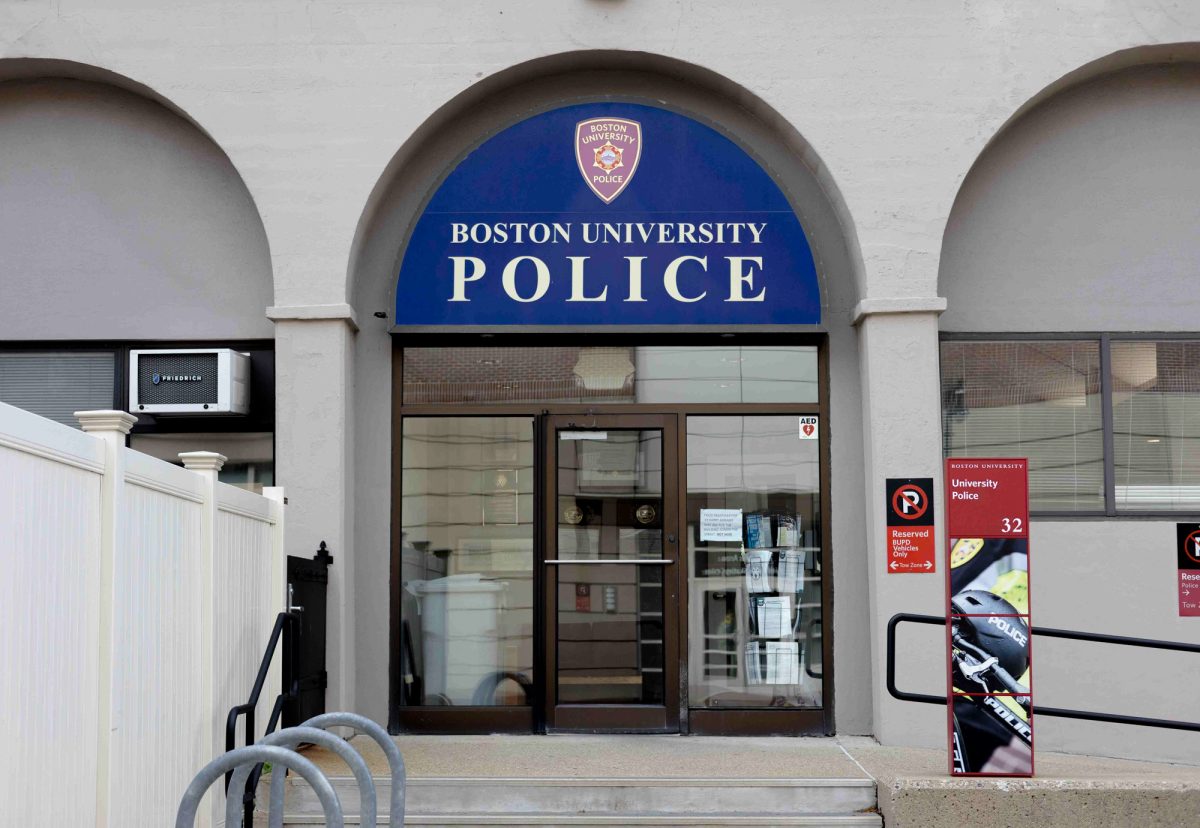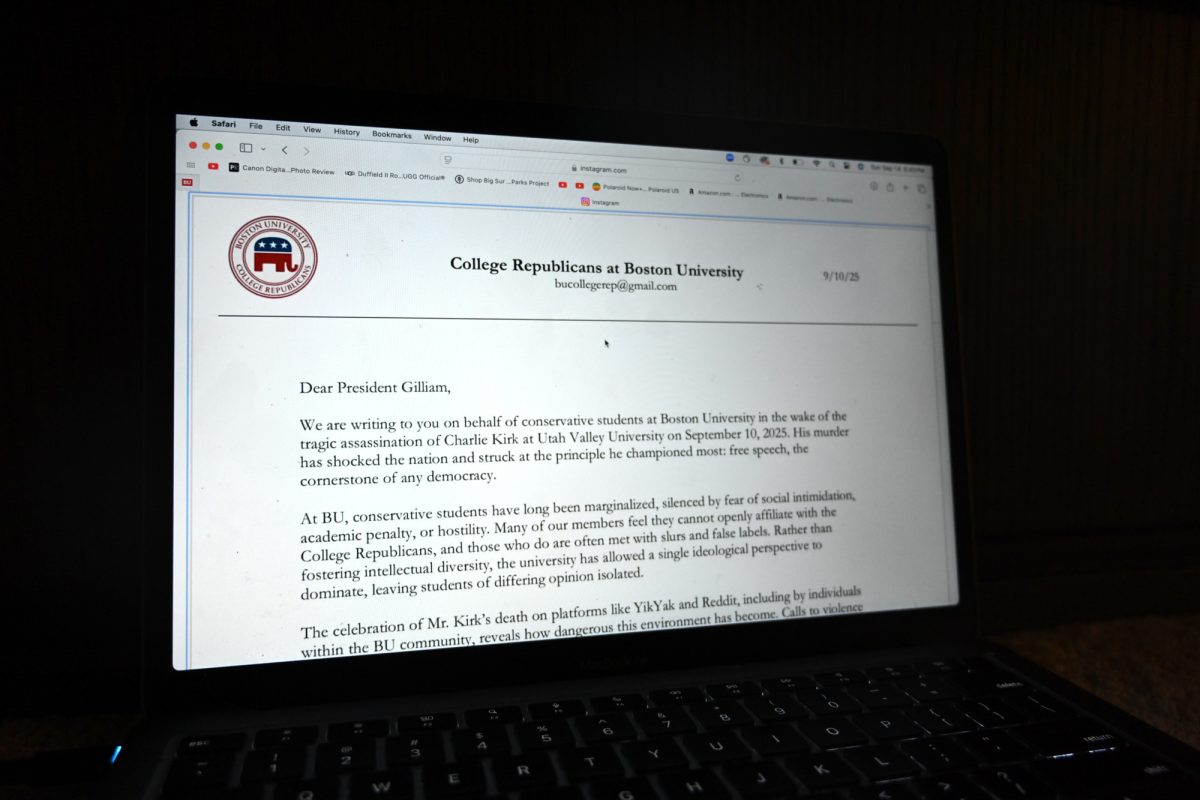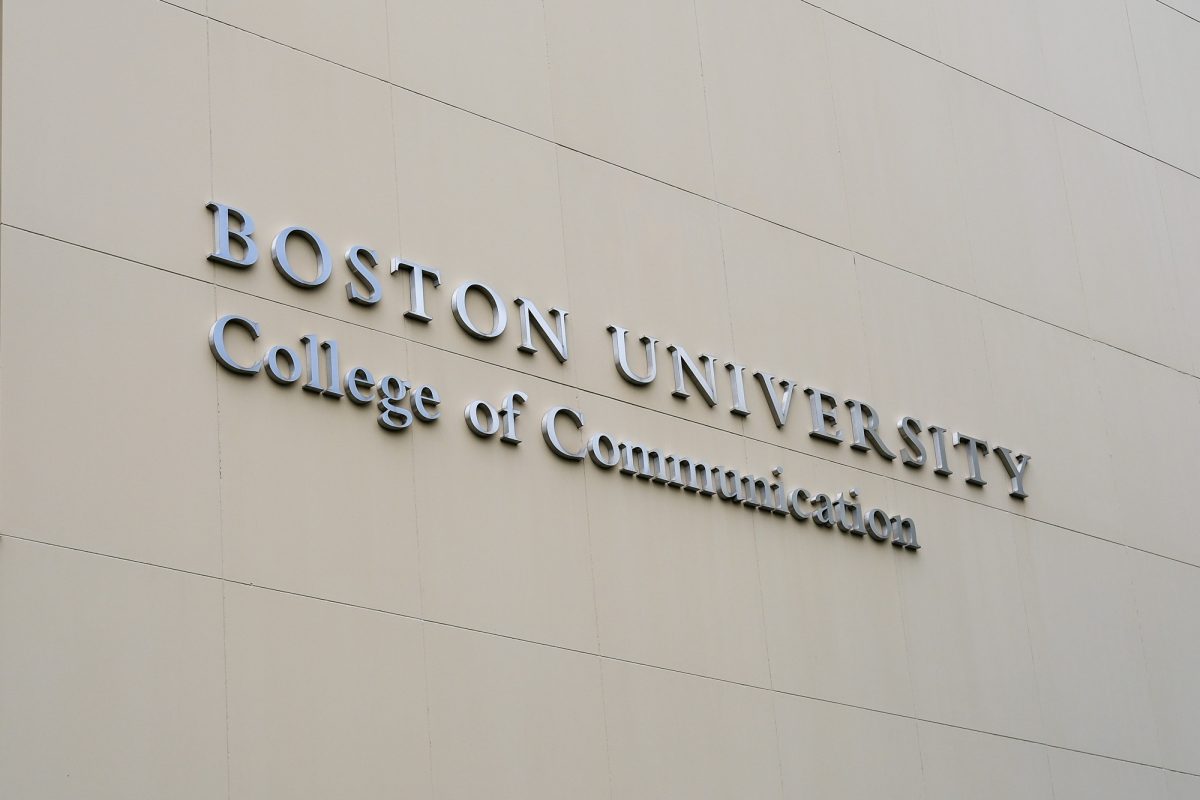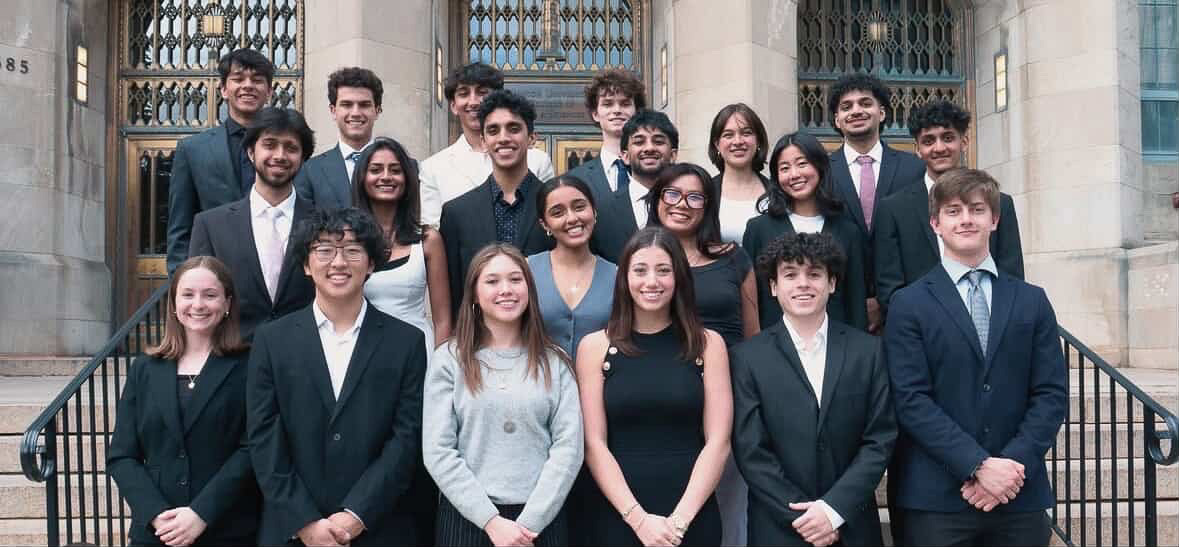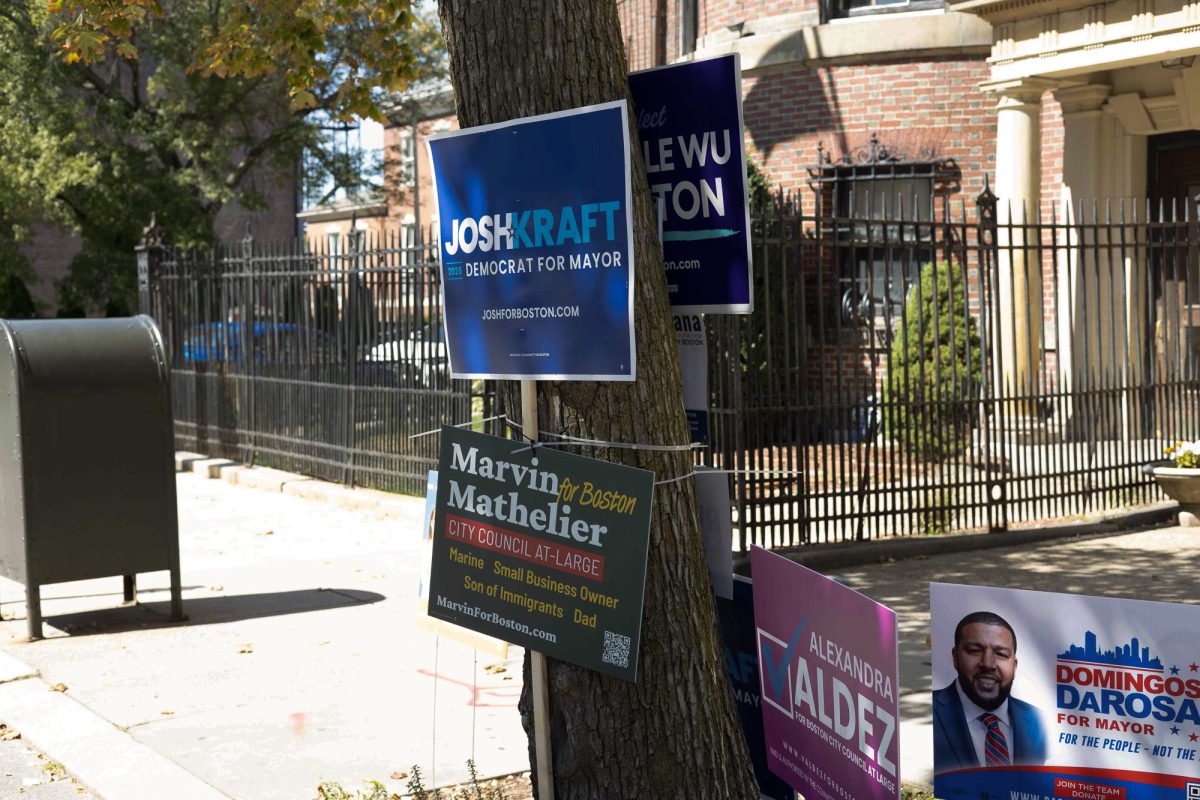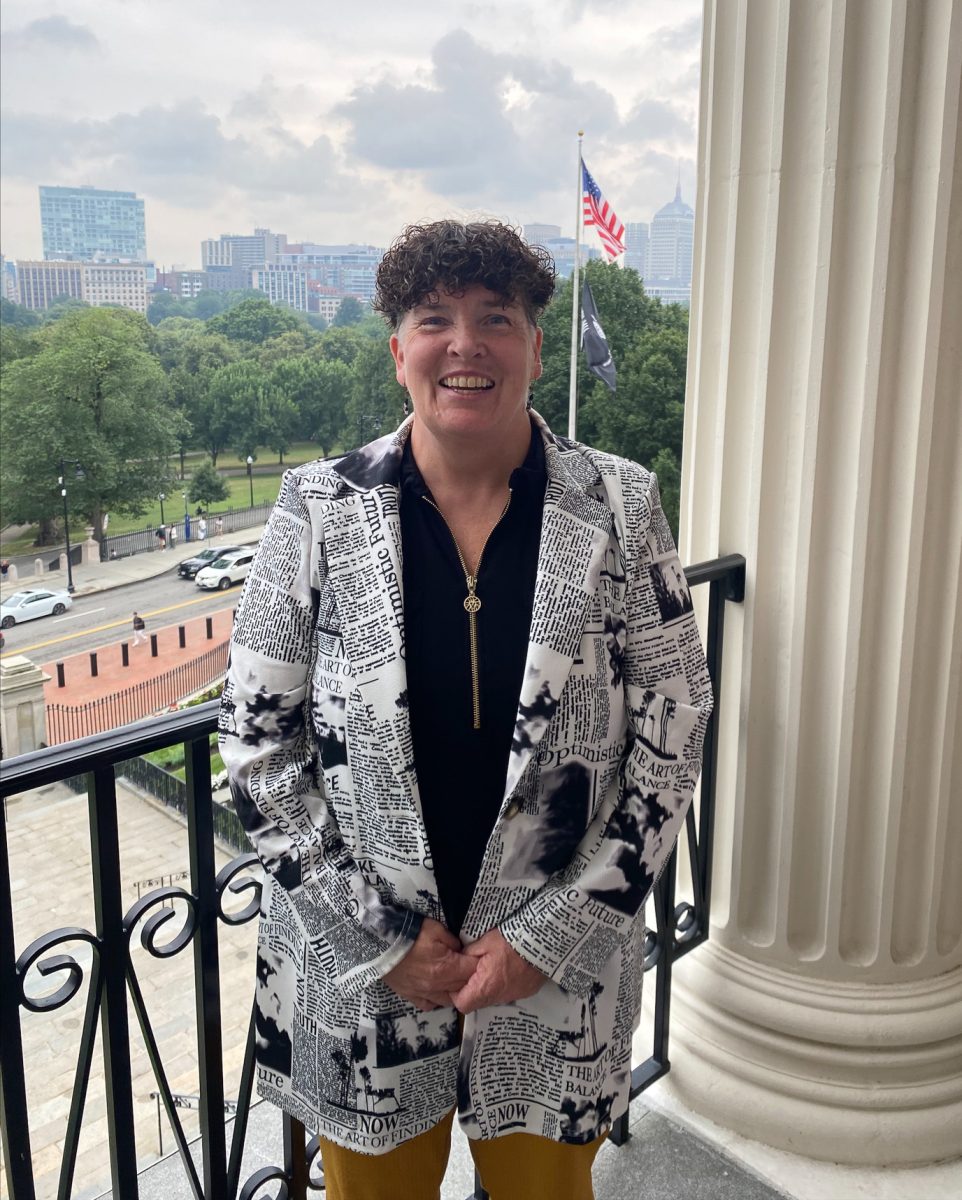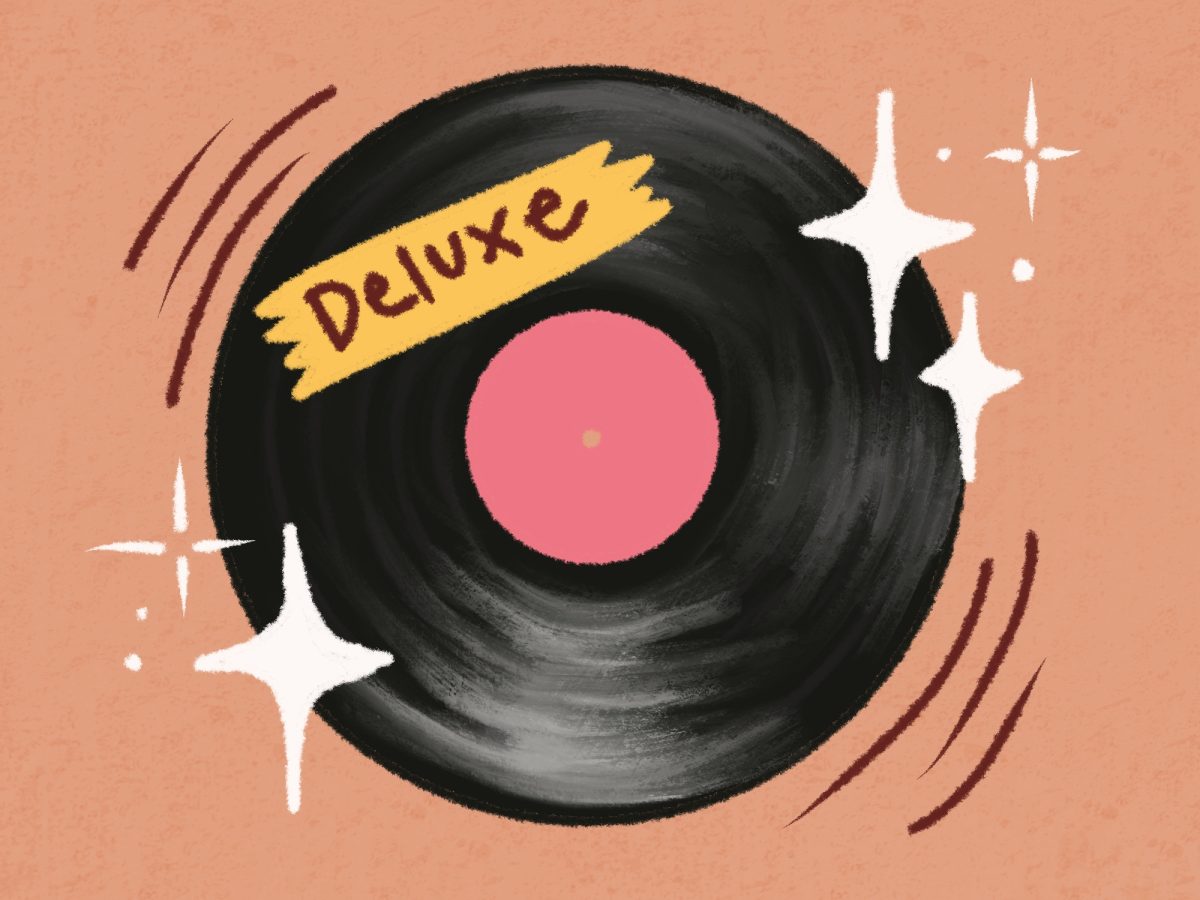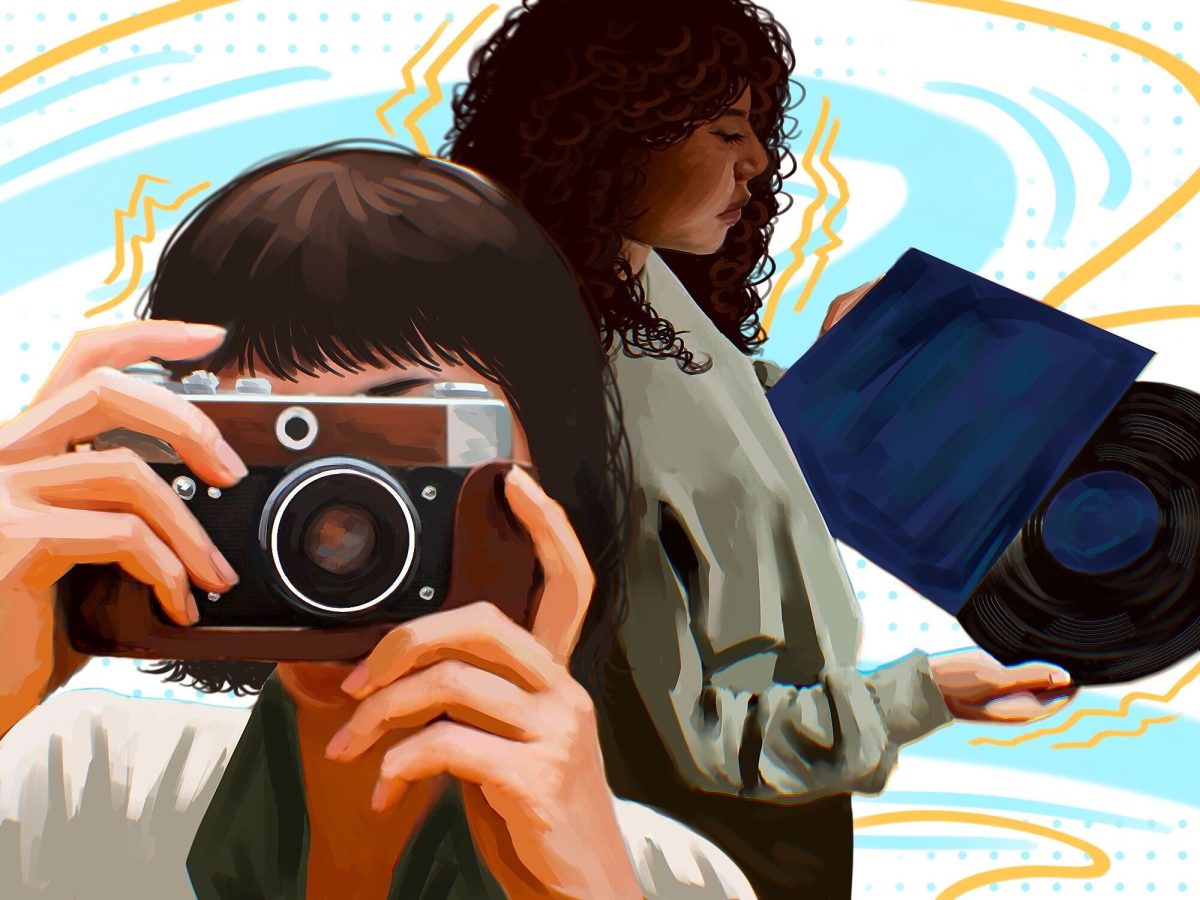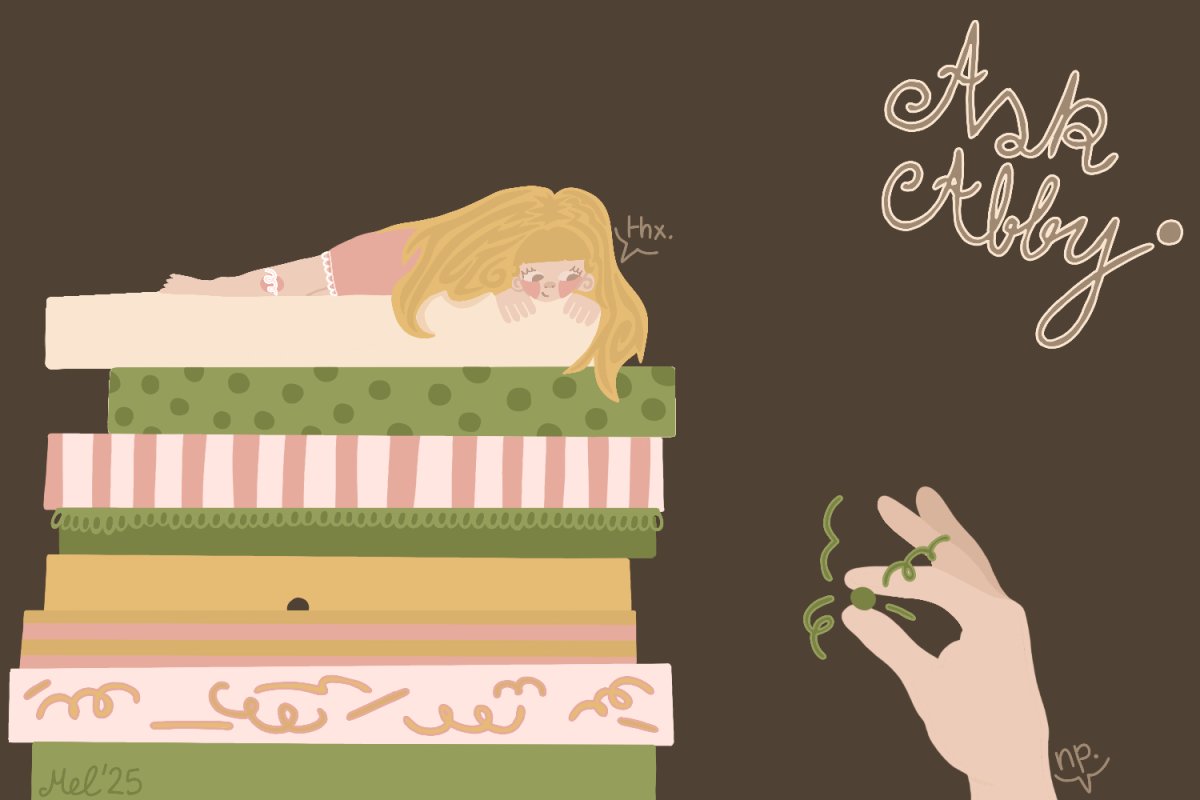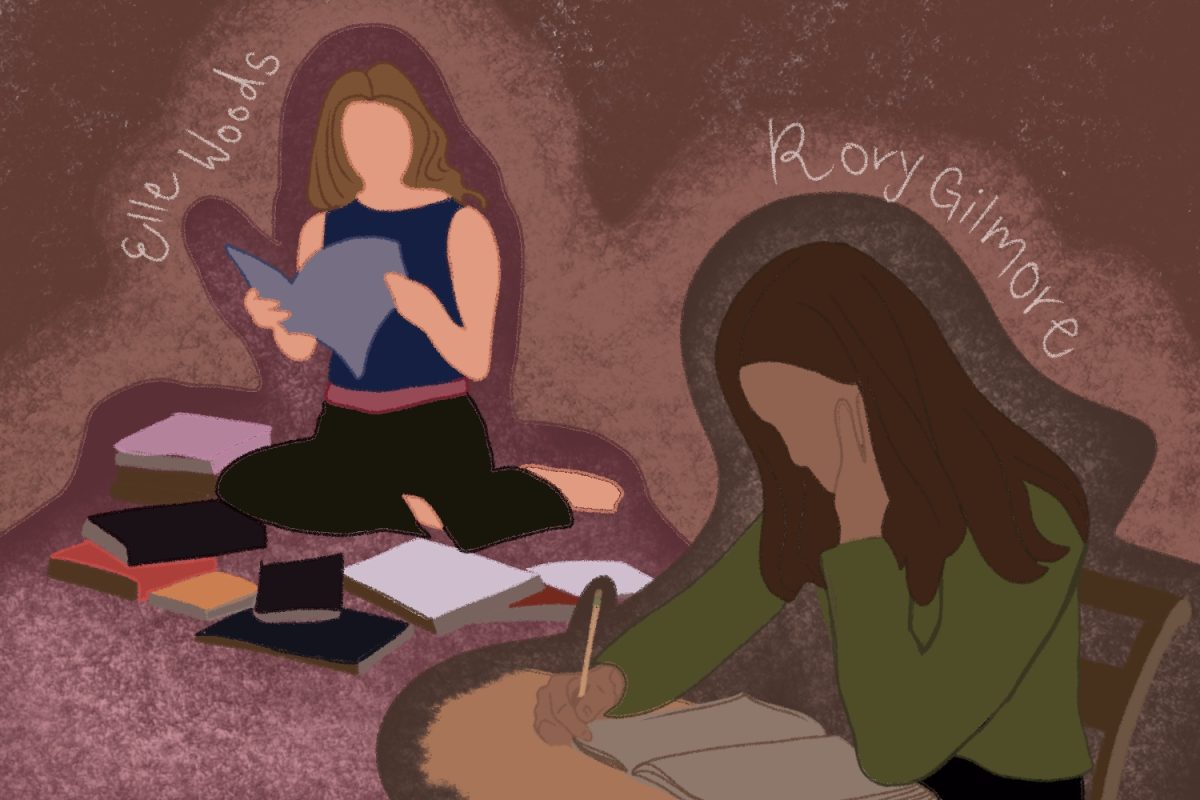We all seem to be aware of a kind of cliché that great artists often go tragically unnoticed during their lifetimes, the most classic example being Vincent Van Gogh. The implication of the cliché is often pretty simple — the given artist was “ahead of their time,” meaning people living at that time could not fathom the level of genius in their work.
“Ahead of their time” is one of those sayings that is thrown around without ever really being explained. But it is only vaguely self-explanatory. The phrase is supposed to describe something quite profound and meaningful, which it fails to do, making it less precise and the more of a cliché. The expression, in general, assumes some kind of intellectual or aesthetic progression over time. This is not always a problem, but it can evoke a generalized misleading image of geniuses as inscrutable time-travelers, and come off as self-certain about a specific image of the progression of things. While we can trace a pretty clear aesthetic development back through the years, this model might forget to evoke what it actually felt like, what it always feels like, to live in the present.
A more accurate expression might be that these artists are exactly level with their time — that they are direct products of the circumstances of their specific time period. This might sound obvious — yes, they are products of their time, but they still ushered on “the future.” But what I am saying rejects talk of the future at all. The future, distant, alien and never-here does not scare people as much as the present (the massive popularity of dystopian fiction within the last 10 years, “The Handmaid’s Tale” and “The Hunger Games” brand of “that could literally be us” or the even cheaper, “that literally is us,” should serve as proof).
But while many of us might accept the romanticized idea of the lone-genius-misunderstood-by-his-time, less of us would accept the idea that the average person cannot appreciate or “understand” art. This brings us to the ever-present paradox of what seems to be acceptable ways of looking at the past and what seems to be acceptable ways of looking at the present. We all know to sneer at the pretentious, sneering artist or student who claims their work is “misunderstood.” The word “pretentious” itself is used as a catch-all phrase for anything that seems unnecessarily difficult or obscure.
But it seems that the misunderstood art of the past ended up actually being pretty good. Everyone loves Van Gogh or Claude Monet, or at least knows they are some of the greats. Yet, for some reason, during their own lifetimes, their work was barely recognized. The same is true for “The Great Gatsby” — the people of the time, for some reason, just did not appreciate it.
So what exactly were the people of those times unable to see? In the case of James Joyce’s “Dubliners,” it seems the stories were taken the wrong way: They were “crude” or “obscene,” but more importantly they seemed disturbing or uncomfortable. But by now, even this adds to the “ahead of his time” trope — the work was so threatening and so genius that the people of his time simply could not accept it (unlike us). To generalize this as the reason in all cases is both too romantic and too dependent on the assumption that the great art that goes unnoticed is seen and rejected, meaning it is noticed in the first place.
The undertone of everything I have written so far is an embedded emphasis on cultural recognition and validation. What I mean by “being noticed” is really “being noticed in a general, widespread, mainstream way.” One might argue, in true capitalistic spirit, that if a work of art was truly good, it would rise to the top. One might argue back that we still haven’t defined “good,” which is true, and which raises two main concerns. First, we have to consider that maybe the art that goes unnoticed is just bad. This might seem unlikely, but as far as we know it is possible — as mentioned above, we know “The Great Gatsby” is good, even if we haven’t read it. This leads directly to the second concern — how much of the “canon” depends on a kind of cultural validation? How drastically are our perceptions of what’s “good” shaped by what we are told is good?
In 1996, David Foster Wallace’s “Infinite Jest” was a bestseller, although it’s pretty safe to say that very few people actually read the 1,000-page monster-novel at the time. The only explanation for the book’s massive popularity could not be the book itself, but an idea of the book, generated by some combination of marketing, rumor and media buzz.
It is probably best to wean ourselves off the dependence on validation from some outside source when it comes to encountering works of art. The existence of the movies currently in theaters or the books on the best-seller lists will always already be validated and relevant. The real reason so much good art stays off the radar is simply because there are no relevant platforms for its validation. It was not marketed very well in the first place, at least not on the same scale as modern Hollywood films, and — unlike the nostalgic wartime revival of “Gatsby” — there was no relevant moment to bring it back into mainstream consciousness. Where, outside of lectures and certain academic circles, do we hear about Richard Yates or John Cassavetes? Just because there is no clear modern pedestal for seemingly forgotten works does not mean they are bad. Likewise, just because something is forgotten does not mean it is good. But it is a painstaking skill to be able to shave off all the excess and really see a work for what it is.

